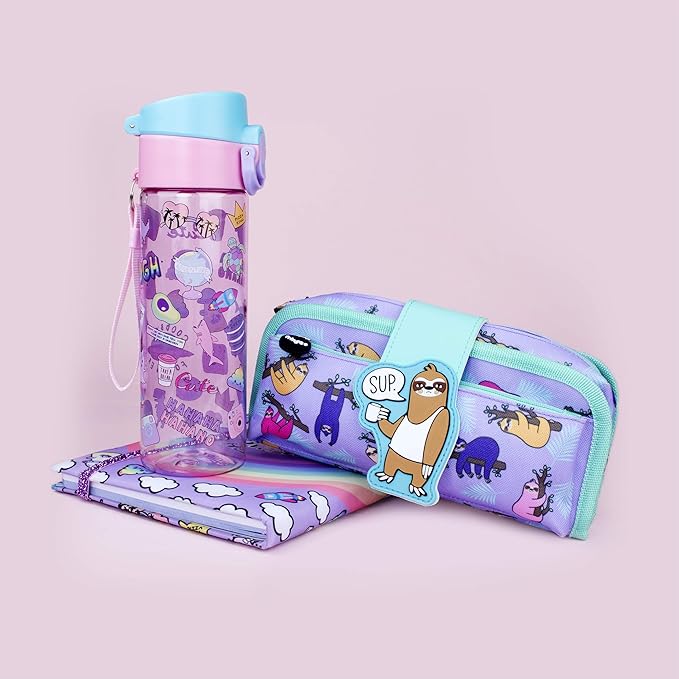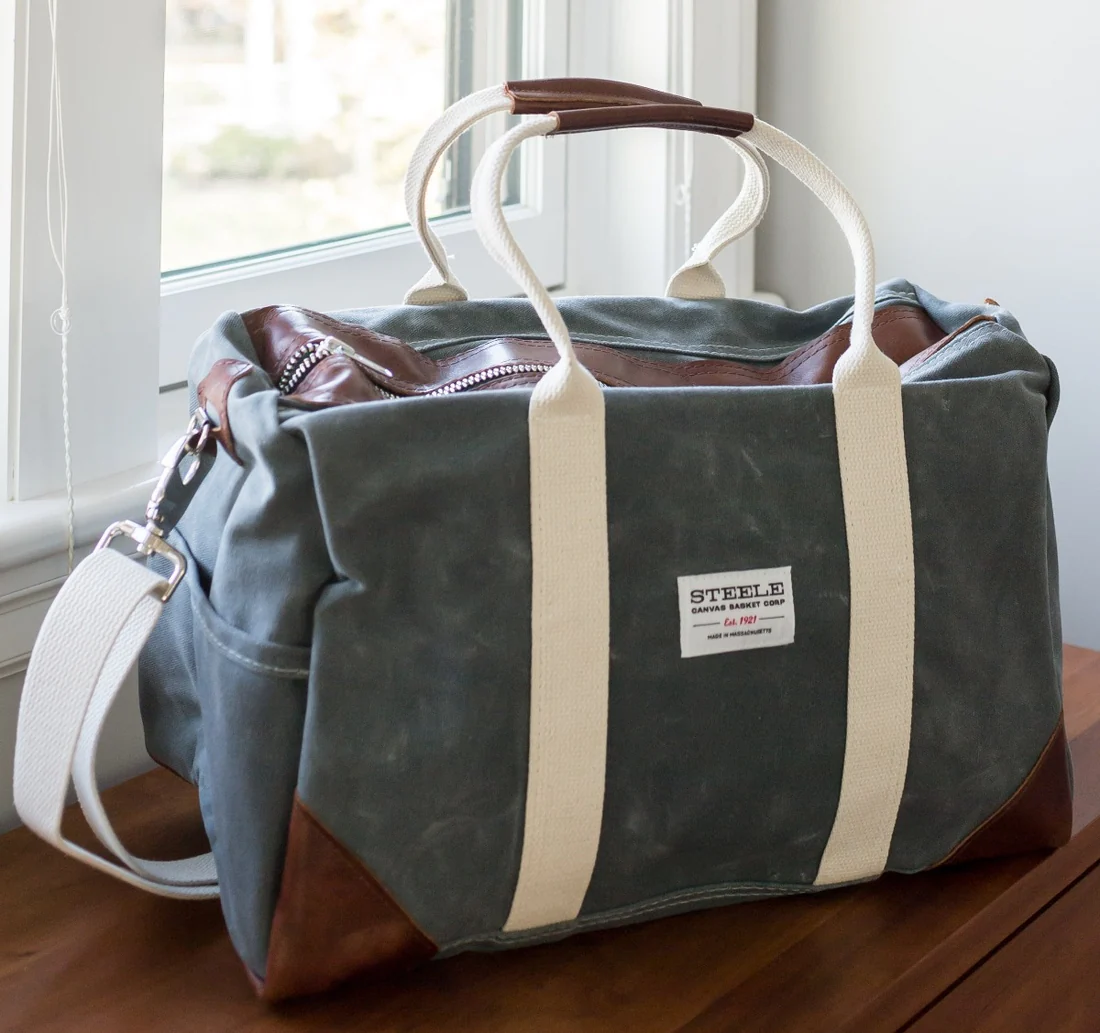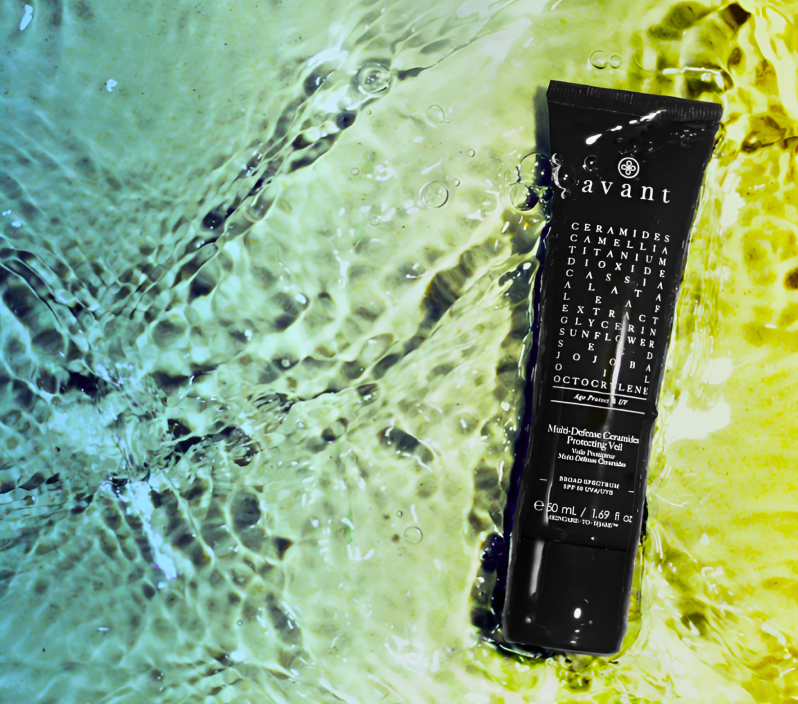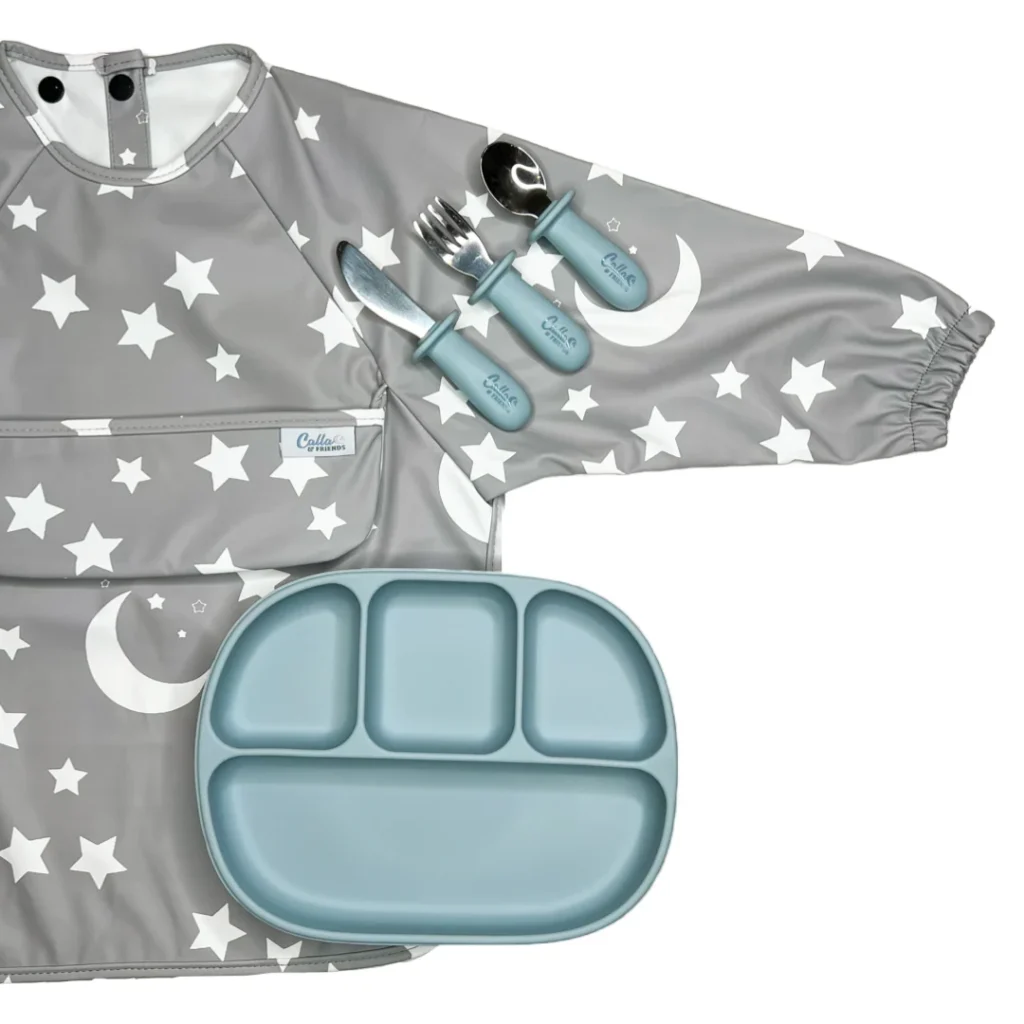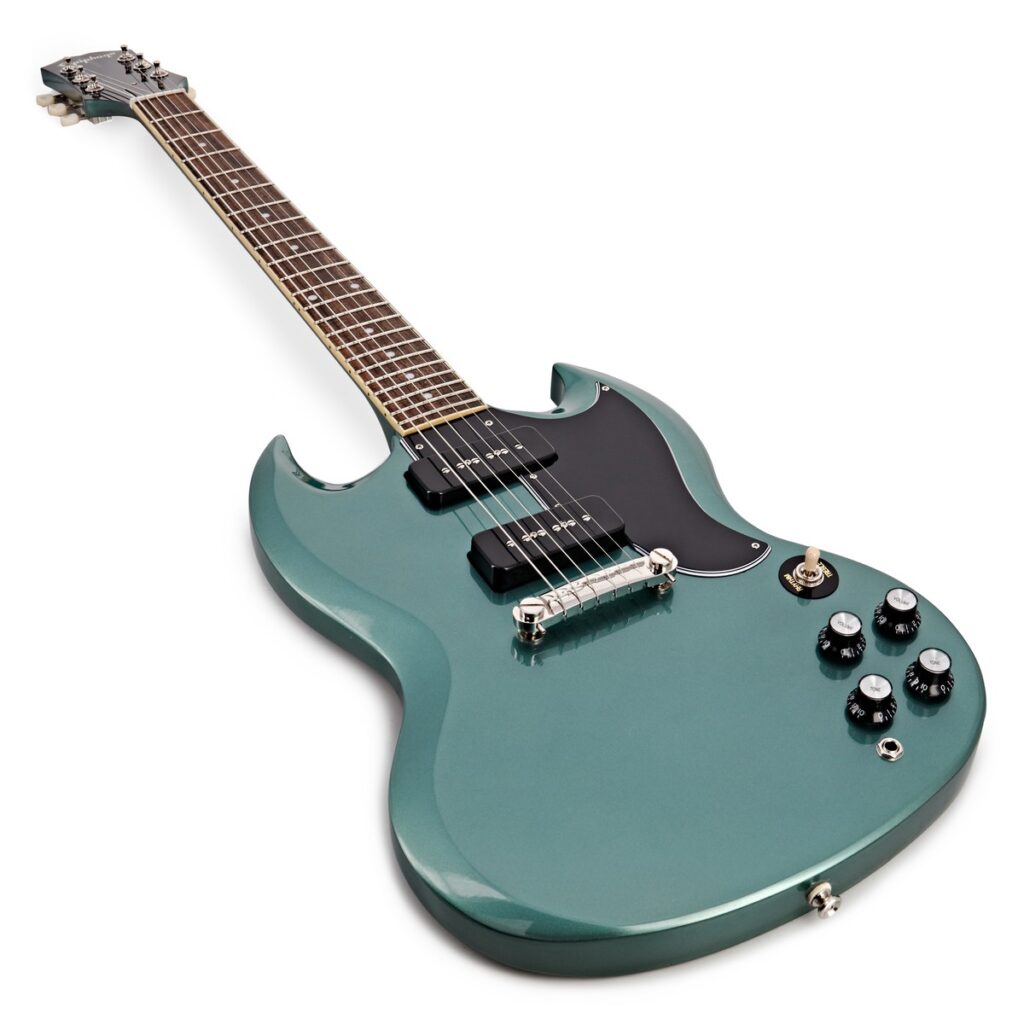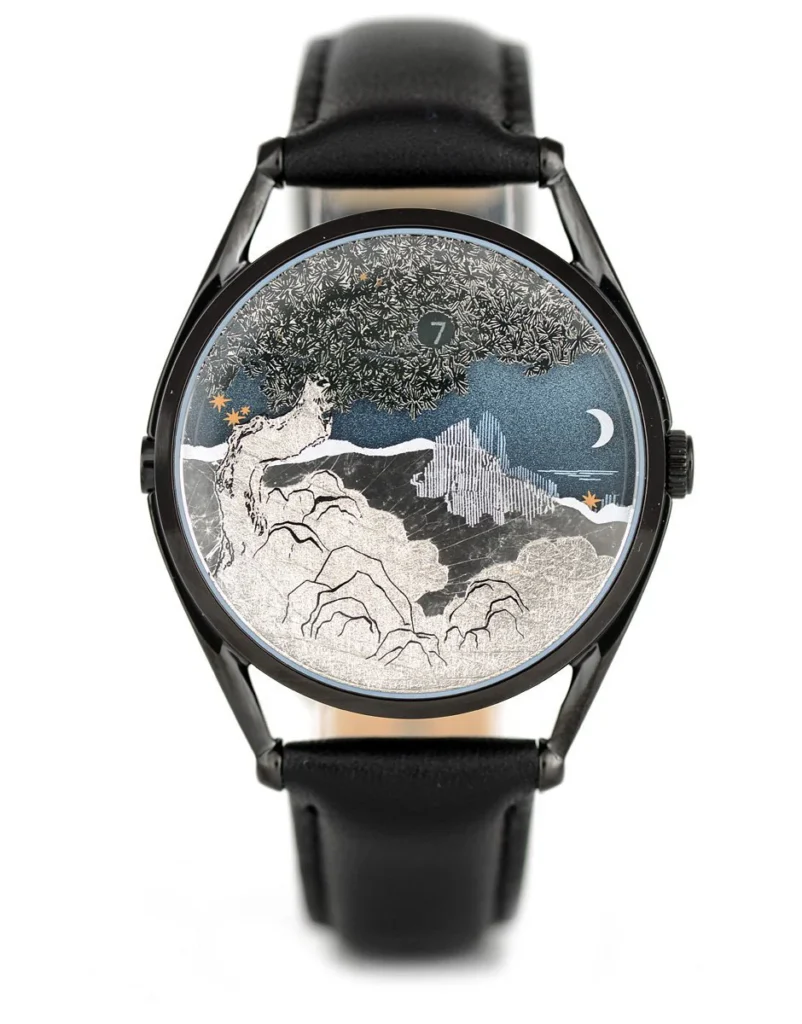Every morning has its plot twists: missing glue sticks, scrambled crayons, a pen that worked “a second ago.” A great pencil case doesn’t just store stuff—it stabilizes the day. It should be tough enough for backpack tosses, simple enough for small hands, and roomy enough to grow with changing class lists. When the case works, lessons start faster, homework ends sooner, and the kitchen table stops looking like a stationery explosion.
In this article, we’ll turn a single, smart organizer into a full system for school success. We’ll map age-based packing lists, teach color-coding that kids actually enjoy, and share classroom-to-home routines that reduce the “Where’s my…?” chorus. You’ll also get cleaning, labeling, and travel tips so the same case glides from Monday math to weekend art club without a hiccup—starring the durable, wipe-clean design of the Fringoo Silicone Patch Kids Pencil Case.
Shop Fringoo Silicone Patch Kids Pencil Case
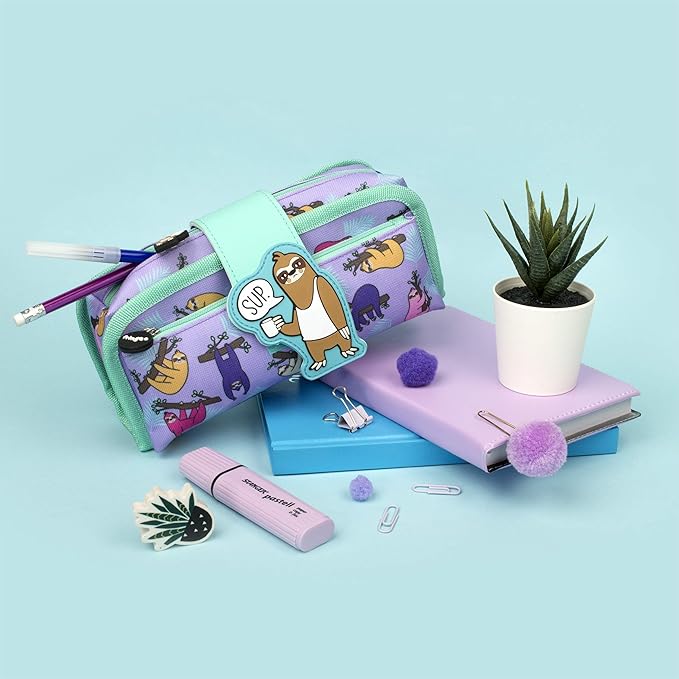
Why Silicone Is a Sanity-Saver
Spills happen. So do squashed bananas, leaky markers, and playground dust. A silicone exterior shrugs off chaos with a quick wipe, which is exactly what busy mornings demand. The soft-touch body resists scuffs and dings; flexible sides absorb the daily backpack shuffle without cracking; and a one-wipe surface means rogue pencil shavings and snack crumbs don’t become a permanent exhibit. Translation: the Fringoo case keeps looking new long after the novelty wears off.
Just as important is the tactile factor. Kids like things that feel good to hold. A grippy, slightly cushioned finish helps little hands zip and un-zip independently, which builds routine ownership—and that independence is gold at 7:58 a.m.
Design That Grows with Your Child
A smart case earns its space all year, not just on Day One. The Fringoo Silicone Patch Kids Pencil Case is built around kid logic: generous capacity, easy-view access, and a layout that separates “daily drivers” (pens, pencils, eraser) from “sometimes” tools (compass, highlighters, novelty pens). That separation prevents the frantic desk-dive during lessons.
The personality piece matters, too. Swappable patch motifs and lively colors let children claim the case as “mine,” which reduces mix-ups and “borrowed forever” items. When kids like an organizer, they use it—consistently. Consistency is the backbone of tidy homework and calmer mornings.
Shop Fringoo Silicone Patch Kids Pencil Case
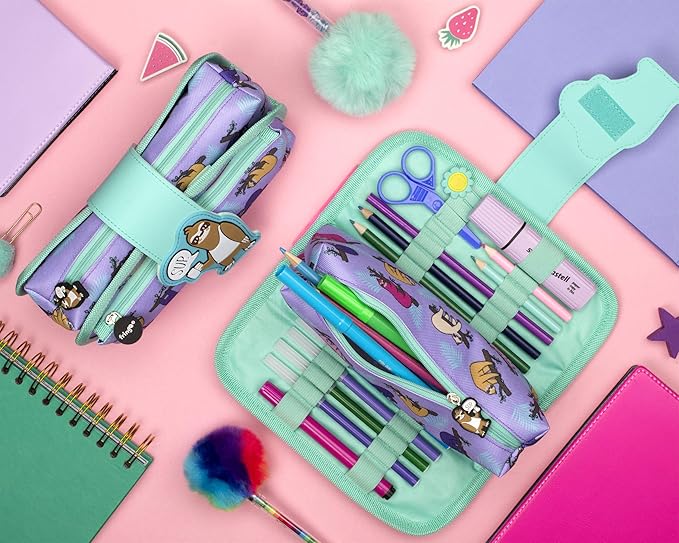
Pack Like a Pro: Age-Based Checklists that Actually Work
A single case can span multiple school stages with small tweaks. Use this as your baseline and adjust to teacher lists.
- Early Primary (ages ~5–7): 2 pencils, jumbo eraser, small sharpener with shavings catcher, 6 short crayons, kid-safe scissors, glue stick, name label card. Keep it light; strength and simplicity win.
- Upper Primary (ages ~8–11): 2 mechanical or wood pencils, black/blue pen, fine-tip color pen for headings, 2 highlighters, eraser, sharpener (with lid), 15-cm ruler, glue stick, mini sticky notes for page flags.
- Early Secondary (ages ~11–13): Black/blue pens x2, pencil + spare leads, 2 highlighters (light colors for note layering), fineliner for diagrams, small geometry basics (mini protractor, short compass), sticky tabs, USB stick (if school allows).
- Teens (13+): Black pens x3 (one lives in a hidden pocket), mechanical pencil + leads, 3 colors for annotation (red, green, purple), fine-liner, mild highlighter set, mini ruler, correction tape (if permitted), screen cloth for tablet.
Pro tip: color-code by subject only if your child enjoys it. Otherwise, color-code by function (e.g., green = corrections, purple = definitions) so the same logic works across all classes.
The 3-Zone Layout Method
Turn “dump and pray” into muscle memory with zones:
- Quick-grab rail: The front sleeve or elastic band holds the daily trio: main pen, pencil, eraser. It’s the first thing they see; it’s the last thing they check.
- Core compartment: The roomy middle keeps ruler, highlighters, glue, and scissors. Heavier items sit flat along the base so the case zips smoothly.
- Project pocket: A smaller zip or mesh section stashes the “sometimes” tools—compass, USB, sticky tabs—plus a folded teacher supply list for term top-ups.
This three-zone map turns every open into a mini checklist. Kids look, confirm, and move on.
Classroom → Backpack → Homework: The Two-Minute Reset
Routines beat reminders. Teach the Two-Minute Reset and pin a note inside the case for the first week:
- At school bell: Pencils back in the rail, lids on, zip fully.
- At backpack hook: Case goes in the same pocket every time.
- At home desk: Case opens left-to-right: homework uses only what’s in “core.” When finished, count the daily trio (pen, pencil, eraser), zip, and return to backpack pocket.
Two minutes. Same steps. Fewer 9 p.m. supply hunts.
Shop Fringoo Silicone Patch Kids Pencil Case
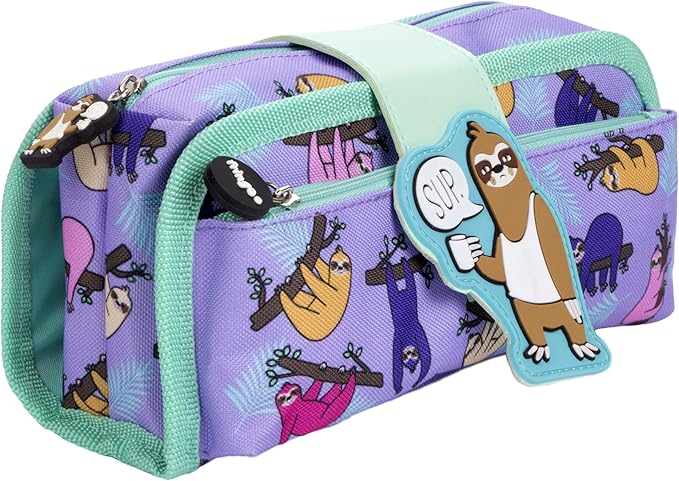
Make It Theirs: Labels, Patches, and Positive Prompts
Names fade on pen barrels, but a laminated name card inside the lid survives the term. Let your child choose the patch or charm—that micro-choice boosts “care” instincts. Slip a tiny prompt card behind the ID: “Breathe. Try. Ask.” You’re not just organizing stationery; you’re embedding calm.
For neurodivergent learners or anxious mornings, add a simple visual strip (icons for pen, pencil, eraser, glue). Visual checklists cut cognitive load when the day already asks a lot.
Color-Coding That Teaches (Not Overwhelms)
Color should serve comprehension. Try this three-role system:
- Headings & dates: One cheerful accent that’s easy to see but not loud.
- Key terms/definitions: A second, cooler accent—consistent across subjects.
- Soft emphasis: A pale highlighter for “return to this” moments without drowning the page.
Teach kids to annotate margins with a single letter—D (definition), Q (question), ✓ (I can teach this). The case holds the tools; the method builds the learner.
After-School Activities & Travel-Ready Tricks
The Fringoo case isn’t just for classrooms. For art club, swap the geometry pocket for brush pens. For music lessons, tuck a mini metronome card and spare picks. Traveling? Slip passport photos, a small pack of cards, and coloring minis into the project pocket—suddenly waiting rooms and train rides feel civilized.
Family hack: keep a second, pre-packed “weekend module” in a zip bag (sketching pencils, washi, stickers). On Friday afternoons, trade modules—no re-packing chaos.
Care & Cleaning (30 Seconds, Real Results)
- Daily: Shake out crumbs and shavings; a quick inside wipe keeps zips smooth.
- Weekly: Warm, soapy cloth for the silicone exterior; dry with a soft towel.
- Spill response: Empty quickly, rinse the shell if needed, pat dry, air open overnight. Silicone’s non-porous nature means smells don’t linger.
- Zip health: Run a graphite pencil lightly along teeth if zips feel stiff—old-school, works every time.
Safety & Ergonomics in Small Hands
A light, flexible case is easier to carry and kinder to tiny shoulders when backpacks are already heavy. Rounded edges and a soft shell reduce desk clatter (teachers love this) and make it comfortable to pull in and out of tight bag pockets. Encourage kids to place the case horizontally at the top of the desk—no rolling pens, no desk dives, fewer classroom disruptions.
Shop Fringoo Silicone Patch Kids Pencil Case
Teacher-Approved Etiquette
Neat tools = neat transitions. Remind your learner: lids on markers, scissors closed, glue twisted down. Store anything that can mark in a mini zip sleeve inside the case. When a teacher says, “Highlighters out,” your child should be able to reach them in three seconds—same pocket, same place, every time. Predictable setups free brain space for actual learning.
What to Do with All the “Extras”
Kids acquire novelty pens like souvenirs. Set a house rule: the pencil case is prime real estate. Once a week, “audition” extras—if it doesn’t earn a spot, it lives in the home supply caddy. This keeps the case nimble and classroom-ready, while still honoring the fun of stationery collecting.
Gifting & Back-to-School Bundles
A thoughtfully packed Fringoo Silicone Patch Kids Pencil Case is a brilliant gift for birthdays, start-of-term, or first-day jitters. Add a name label, a tiny encouragement note, and a few starter tools from the checklists above. For siblings, vary patches and accents so cases are instantly identifiable in the morning rush.
Conclusion
Organization isn’t about perfection—it’s about smooth starts and calm finishes. A wipe-clean, flexible organizer like the Fringoo Silicone Patch Kids Pencil Case turns stationery from a daily hassle into a helpful habit. Map the three zones, teach the Two-Minute Reset, and keep color-coding simple enough to stick. With a case that’s tough outside and friendly inside, kids move from “Can someone find my pen?” to “I’m ready.” And that readiness ripples through the whole day—classrooms run smoother, homework takes less time, and your home feels a little more peaceful.
Shop Fringoo Silicone Patch Kids Pencil Case
FAQ
- How do I stop the case from becoming a junk drawer?
Use the three-zone method and a weekly “audition” for extras. If it doesn’t earn its keep, it goes to the home caddy. - What’s the fastest morning check?
Rail trio count—pen, pencil, eraser—zip, pocket. Thirty seconds, zero drama. - Will silicone attract dust or crumbs?
It resists most debris and wipes clean with a damp cloth. A quick shake keeps the interior tidy. - How can I prevent marker leaks?
Cap firmly, store markers in a small inner sleeve, and stand barrels tip-up at home to rest. - Is one case enough for art + math days?
Yes—swap the project pocket contents by day (geometry vs. brush pens) or keep a labeled “Friday module” for clubs. - What color-coding is best for younger kids?
Keep it to two roles: one accent for headings, one for key words. Visual margin icons help more than extra colors. - Any tips for left-handed writers?
Angle the page and seat the case on the non-writing side so the dominant hand moves freely. - How do I label without ruining the look?
Place a neat name card under a clear window or an interior lid slot; use a mini tag on scissors and rulers. - How often should we deep-clean?
Weekly wipe-downs plus a monthly empty-and-reset is usually enough for a term. - What if my child keeps losing pens?
Stock duplicates of the daily trio and practice the Two-Minute Reset. Ownership + routine beats nagging every time.

